Tucked into the ‘V’ where the arms of the Mosel and Rhine Rivers meet, the small town of Koblenz is yet another undiscovered German gem that packs plenty of touristic punch for its weight. Koblenz offers enough well preserved historic attractions to keep tourists entertained for a day or two of solid sightseeing. And for aficionados of all things medieval and renaissance, the historic part of town is eminently walkable, with most of its ancient attractions and architecture crammed into just one square kilometer.
For a city of only one hundred and nine thousand, Koblenz offers visitors a surprising cultural experience. Its seven remarkable museums give you a crash course in the area’s history and heritage: the Rhein-Museum, the new Romanticum, the Landesmuseum, the Theinisches Fastnachtsmuseum, the Mittelrhein Museum, the Ludwig Museum, and the Archaologische Sammlung. Koblenz also offers a couple of marketplaces ideal for people watching, and the town is sprinkled with enough quirky statues to keep a smile on your face, or at least have you scratching your head.
And Festung Ehrenbreitstein, one of Europe’s largest fortresses, provides a fun half-day of military exploration. As a bonus, the fortresses ramparts offer magnificent views of Koblenz’s old town and the special historical confluence of the Mosel and Rhine Rivers. The cable car trip across the Rhine is also fun.
My Koblenz guide is Hartmut, an amiable gentleman in his late sixties. A retired soldier from the Bundeswehr (German Army), Hartmut now works part-time for the local Tourist Information Center leading private tours around Koblenz. We’ve been paired up because my magazine assignments include the fortress and a special military museum.
“I like to start my tours with general sightseeing of some of the main attractions and landmarks, to give my guests a feel for the town”, Helmut tells me. Fair enough. It’s a beautiful, warm sunny day and I’m up for anything.
As we stroll through Koblenz’s narrow cobble stone lanes, with three-storied houses and apartments blocking out the sun, Hartmut describes Koblenz’s history. “The Romans settled here in 9 BC. Their camp was strategically placed at the intersection of the Mosel and Rhine rivers. Over the centuries Koblenz also became the seat of the Teutonic Knights and of the archbishop-electors of Trier”, he explains. “After 500 years of Roman occupation, the Franks moved in. Then the archbishops of Trier took over”, he adds. Soon we come to a museum. The Mittelrheinisches Museum is located in the Kaufhaus, an immaculate building dating from 1419. Packed with interesting archeological artifacts and medieval art from the Central Rhine area, this museum is a great place to start our tour.
Outside the white painted museum, framed with orange borders, I discover the first of several of Koblenz’s weird little attractions. We stand in front of the building for a few minutes and Helmut keeps glancing up its the façade. I wonder what’s going on. Finally, he says, “OK, watch that man’s face, beneath the clock”. I look up at the visage of a helmeted, bewhiskered man, set into the wall, beneath a large clock. His creepy blue eyes keep swiveling to each side.
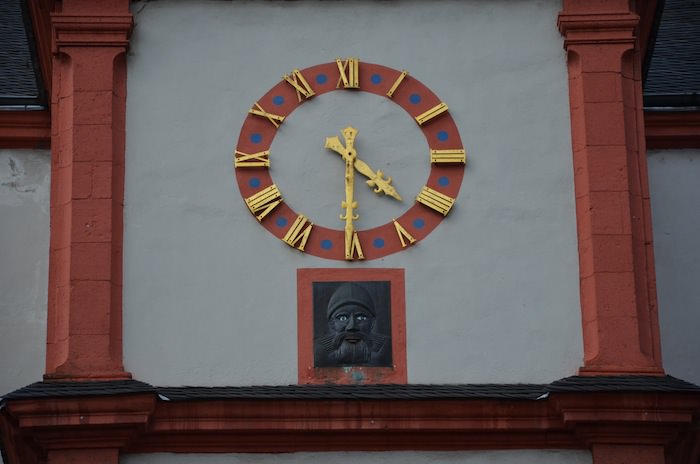
Below the clock dial, you’ll see robber baron Johann von Kobem , who gets his revenge on the townspeople every half hour. If you see him sticking his tongue out, it will bring you luck.
As the clock strikes the half hour, his red tongue sticks out at the passersby. This is the face of highway robber baron Johann von Kobem who was beheaded in 1536. Now he gets his revenge on the townspeople every half hour. Local legend says that if you see him sticking his tongue out, it will bring you luck.
One immutable law in historic German towns is that there will always be a central market place and town square. We come to one of Koblenz’s most popular marketplaces. The Koblenz Munzplatz measures 200 meters by 100 meters, lined with brick and concrete tiles. It’s very tidy and very modern.
A Chinese restaurant and plenty of small shops line the sides of the square. Clusters of chairs and tables shaded by sun umbrellas form outdoor bistros. Leafy green five-meter high shade trees are lined up neatly along each end of the Munzplatz. A few flower planter boxes add vivid color to this scene. Enticing aromas of pastries and coffee waft past my nose. The Munzplatz looks prosperous, with locals scurrying about setting up their shops or grabbing a quick cup of coffee on their way to work.
The Baroque belfries of the Liebfrauenkirche (Church of Our Lady) tower over one end of the square. The towers were added to this Romanesque church over the centuries. We walk inside to be greeted by the soft chanting of afternoon prayers.
The cavernous Gothic chancel is decorated simply but beautifully, with intricate red ochre patterns forming a Gothic spider’s web across the high ceiling. Helmut tells me the chancel was made between 1404 and 1430. The brilliant, tall red, blue, and green stained glass windows are a recent addition, created in 1992 by HG Stockhausen.
Behind the Liebfrauenkirche, another square, Jesuiten Platz, offers another of the strange tourist attractions you’ll find sprinkled around Koblenz. Standing high up on a fountain, tucked away in a corner of the Jesuit square is a bronze statue of a boy. He’s hunched over slightly, and you can tell he’s up to no good. This is the Schangelbrunnen Fountain (aka: The Naughty Boy of Koblenz). Periodically he spits a steady stream of water across the courtyard, spraying hapless tourists. The locals all stand well back from this little brat, but they’re not above watching unwary tourists get a wet surprise as they walk past.
Helmut has placed me strategically in the line of fire and the small jet of water douses me. I told you that Koblenz has its share of whimsical sights! As further proof, a couple of hours later we encountered an enormous 8ft tall brass thumb sticking out of the ground, in front of the art museum. We also see bronze statues of a jolly, rotund Policeman standing next to a Market Wife. Apparently she’s complaining that a dog has urinated on her vegetable basket. The dog is nowhere to be seen.
Now almost at the banks of the Mosel, we stop at the Florinsmarkt. This small marketplace dates from the establishment of the Romanesque-Gothic church of St Florin in the 12th century.Continuing a few hundred yards towards the meeting point of the two rivers, we spy the twin towers of Basilika St Castor. This patchwork of brick and stone spires was built by the archbishop of Trier between 817-36. The signing of the Treaty of Verdun, which divided the Carolingian Empire between the three sons of Ludwig I the Pious, was signed here in 843AD.
Next, the massive fortress that dominates Koblenz’s river views. Our gleaming modern cable car soars high up over the Rhine, as we ascend to the Ehrenbreitstein Fortress. This storied hilltop fortress is enormous. An earlier fortress on this site dates from 1000AD, and was extended by the archbishops of Trier, who lived here from 1648 to 1786 In 1801, the fortress was destroyed by French troops, and rebuilt by the Prussians between 1817 and 1828. It remains today much as it was in the 19th century.
For the next two hours we walk the fortress battlements. We tour the excellent military museum that gives an idea of a soldier’s life here in the 17th and 18th centuries. We see displays of immaculate soldier’s uniforms, cannons, mortars, firearms, and model barracks and officer’s quarters. From the battlements, we look down on the small spit of land where the Mosel and Rhine rivers merge. Somewhat resembling the prow of a World War I dreadnought battleship, this hallowed promontory is called Deutsches Eck (German Corner).
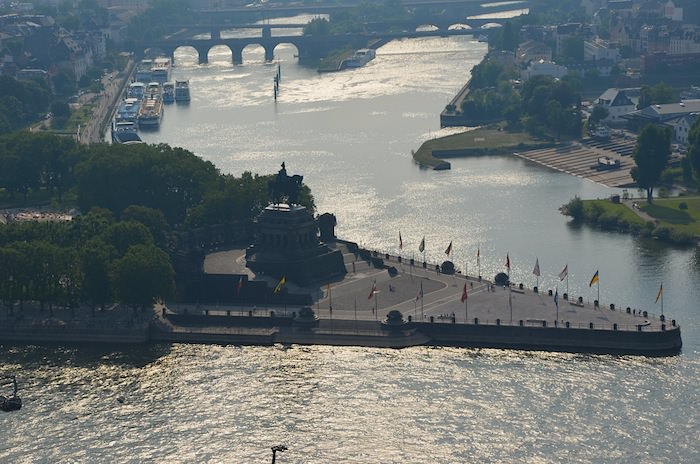
Somewhat resembling the prow of a ship, this hallowed promontory is called Deutsches eck (German corner).
Hartmut explains that the Deutsches Eck is a symbolic piece of land from whence German unity has evolved, so it’s no surprise that there’s an enormous bronze statue of Kaiser Wilhelm I, majestically perched on a massive concrete plinth, towering high over everyone. Wilhelm stands 37 meters high, seated on a rearing horse, with a winged angel at his side.
The Kaiser was first placed here in 1897, but his statue was blown up by US troops in 1945 at the end of World War II, when German unity was the last thing that a war-weary world wanted. Eventually in 1993, as a reformed Germany entered the civilized world as a model nation, the statue was replaced. “Germany has come a long way since this era”, Helmut says proudly, as we gaze down on the statue. I agree. Germany seems to be the glue holding the European Union together these days. And it never gets involved in foreign wars.
We descend via the cable car and inspect the statue from close up. Nearby, the Museum Ludwig, a museum of contemporary art offers Picassos, Dubuffets, and even North American artwork. Housed in the Deutschherrenhaus, this art gallery also boasts ancient history: It was the command post for the Teutonic Knights, who set up here in 1216. Outside, on, we can still make out a large Teutonic Knight’s cross, embedded in a stone wall.
This, then, is Koblenz. It’s a pleasant enough place, ideal for strolling around and has plenty to see within a short distance. And the old town has just enough local lore, legend, and history to make it captivating to visitors. If you’re a museum buff, allow two days to do justice to them.
Where To Stay in Koblenz
Budget
The City Hotel Kurfurst Balduin, located on busy Hohenfelder Strasse, which provides the east border of the Old Town, is an ideal jumping off point to the main sights. This modern 3-star B&B has clean and adequate rooms, and is surprisingly quiet considering its location.
Mid-Priced
City Partner Top Hotel Kraemer
The hotel has 34 rooms and has been recently refurbished. In addition, the multilingual staff will be on hand to provide local knowledge, ensuring a pleasant stay in Koblenz.
Written by and photos by Roy Stevenson for EuropeUpClose.com
For more on Koblenz, read W. Ruth Kozak’s article Koblenz, Germany: Medieval Churches, Fortresses and Fairy-tale Castles

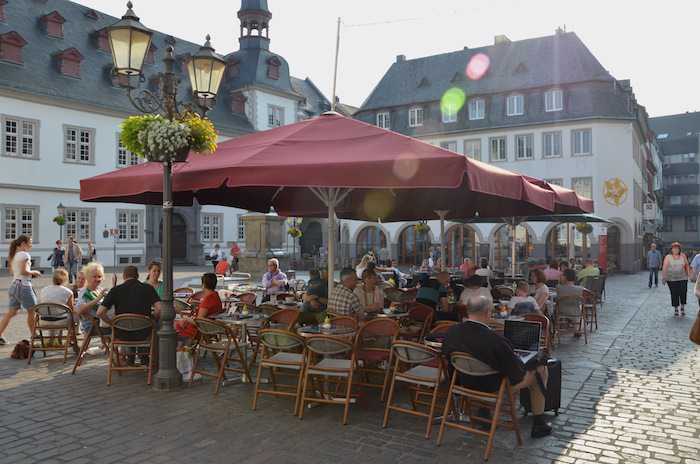



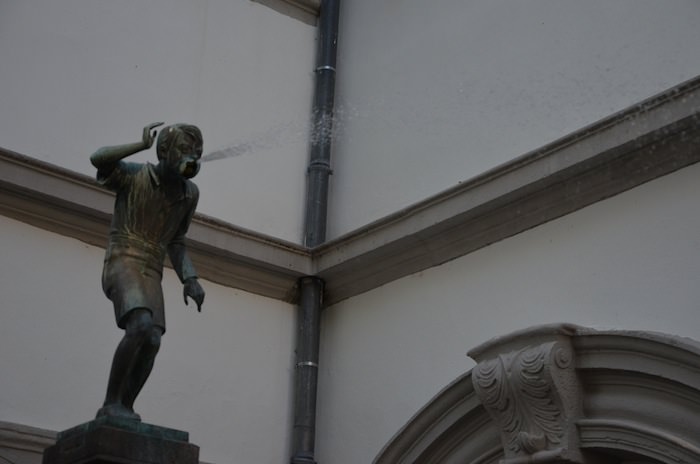

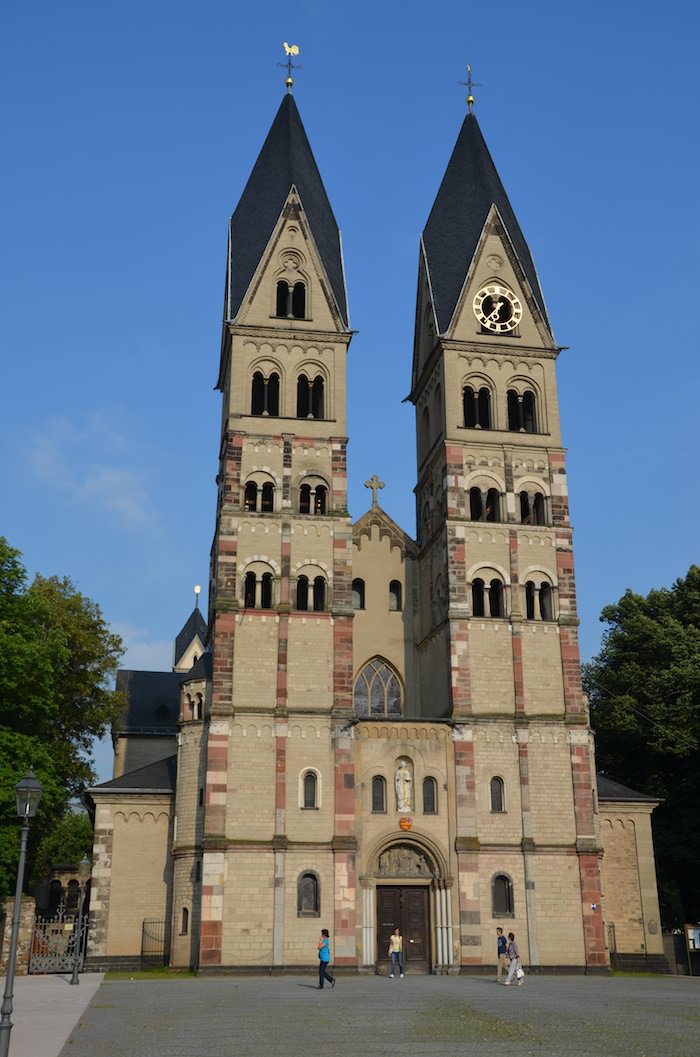
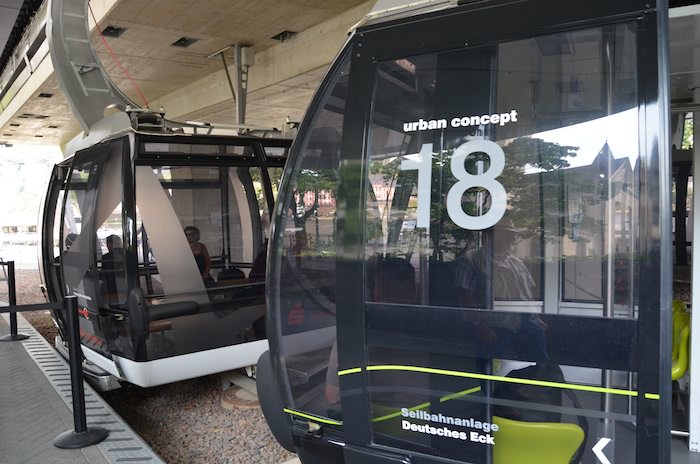
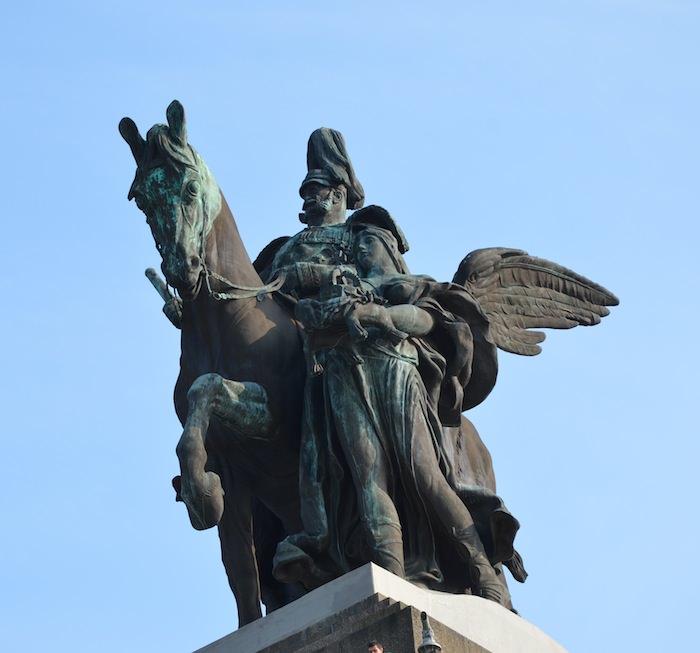
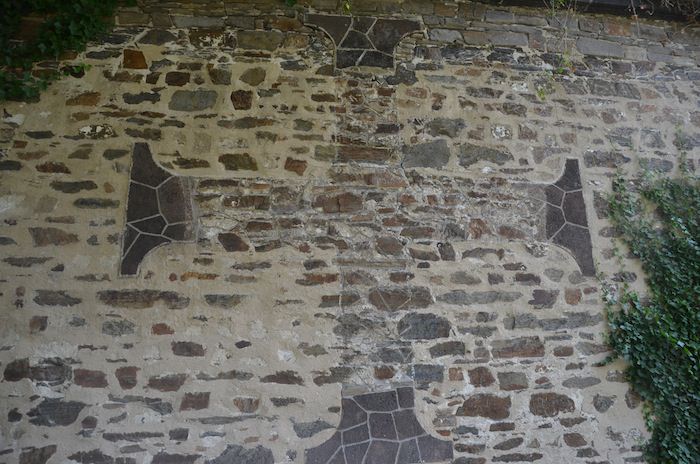
Cliff Bandringa
Friday 16th of January 2015
We were in Koblenz in 2008. The cable car to the fortress wasn't there yet. Reading your story about Koblenz makes us want to go back again. Koblenz is the entryway to two of our favorite areas: the Mosel River region and the Rhine near Boppard. One can easily spend a few weeks here!
Ruth Kozak
Monday 5th of January 2015
I visited Koblenz a couple of years ago, actually wrote about it too. A lovely city and so interesting with fascinating things to see. https://europeupclose.com/article/koblenz-germany-medieval-churches-fortresses-and-fairy-tale-castles/